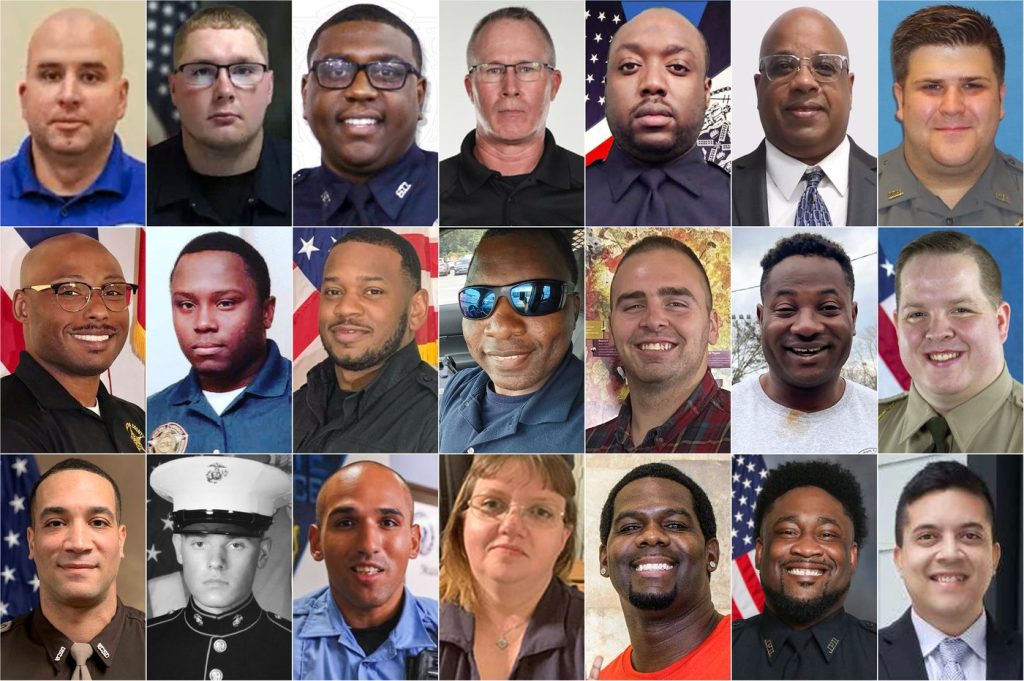Ronald Donat, a 41-year-old Haitian immigrant, faced a life-threatening challenge during the first day of his police training at the Gwinnett County Police Academy in Lawrenceville, Georgia. On that fateful day in October 2021, he struggled to complete intense physical exercises, including pushups, sprints, and pullups, a workout prior to which many recruits described as "Hell Day." His efforts earned him the reprimand of instructors, exemplified by one sergeant shouting, "You are dead!" as he collapsed during a bear crawl exercise.
Despite reassuring his instructors of his determination, Donat's condition rapidly deteriorated, and he lost consciousness approximately one hundred minutes into the training session. Tragically, he was later pronounced dead at a hospital. Donat is one of at least 29 recruits who have died during basic training at law enforcement academies across the United States in the last decade. A significant number of these fatalities are attributed to factors like exertion, dehydration, and heatstroke, often occurring on the very first day of training.
The findings from an Associated Press investigation highlighted that the deaths of these recruits were largely preventable. Currently, there is no federal organization that comprehensively monitors recruit deaths in the same way it does for officers slain in the line of duty. David Jude, a retired Kentucky State Police academy commander, expressed shock at the number of deaths during training, emphasizing that "training shouldn’t have one death, much less 29."
Moreover, the data revealed a disturbing trend: Black recruits made up nearly 60% of the deceased, despite constituting only 12% of the nation's police officer population. Many of these recruits, including Donat, carried the sickle cell trait, a genetic condition that heightens the risk of severe injury during extreme physical exertion, dehydration, or elevated body temperatures. Overall, while the fatalities represent a small percentage of the approximately 800,000 sworn officers in the U.S., they underscore additional risks in a profession already fraught with dangers like shootings and vehicle accidents.
The unfortunate pattern of deaths continued into 2024, with at least five recruits succumbing during their training. Critiques have arisen regarding the harshness of training methods, including instances where recruits have been explicitly denied water during exercise. In response to the investigations, police leaders acknowledge the necessity for both increased awareness of health risks associated with physical training and the establishment of better screening protocols for recruits with potential health concerns.
The overall training regimen often emphasizes a rigorous, military-style approach designed to test recruits' limits. However, this can sometimes result in severe physical stress, and some local departments, such as Gwinnett County, failed to have ambulances on-site during crucial training sessions until after Donat’s death. Investigators into his case concluded that appropriate emergency measures could potentially have had life-saving implications.
At the same time, many of the deceased recruits, including Donat, have been excluded from national and state memorials dedicated to fallen officers, primarily because they had not yet been sworn in. This gap in recognition is further complicated by the difficulty their families face in accessing death benefits, emphasizing a systemic issue in addressing the welfare of police recruits.
In the wake of Donat’s death, his wife, Sharline Volcy, expressed her heartbreak, reflecting on how the exercise that was meant to be a new beginning for their family ultimately led to tragedy. This sentiment is echoed by other law enforcement leaders, who insist that comprehensive reforms in training practices are urgently required to prevent further fatalities among recruits.
As police departments grapple with a national shortage of officers, there is a pressing need for a balanced approach that prioritizes the safety and health of recruits while maintaining the rigor of training necessary for effective policing.










